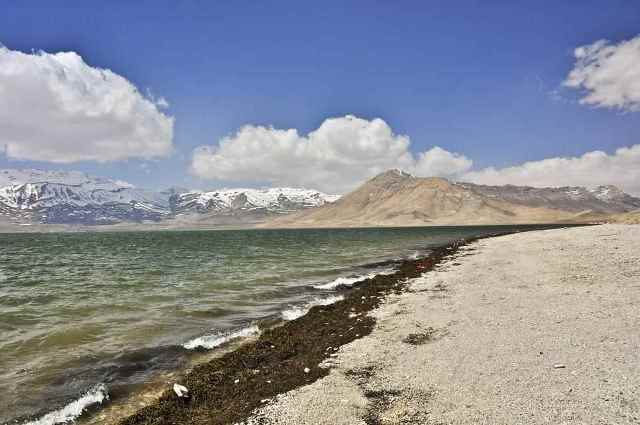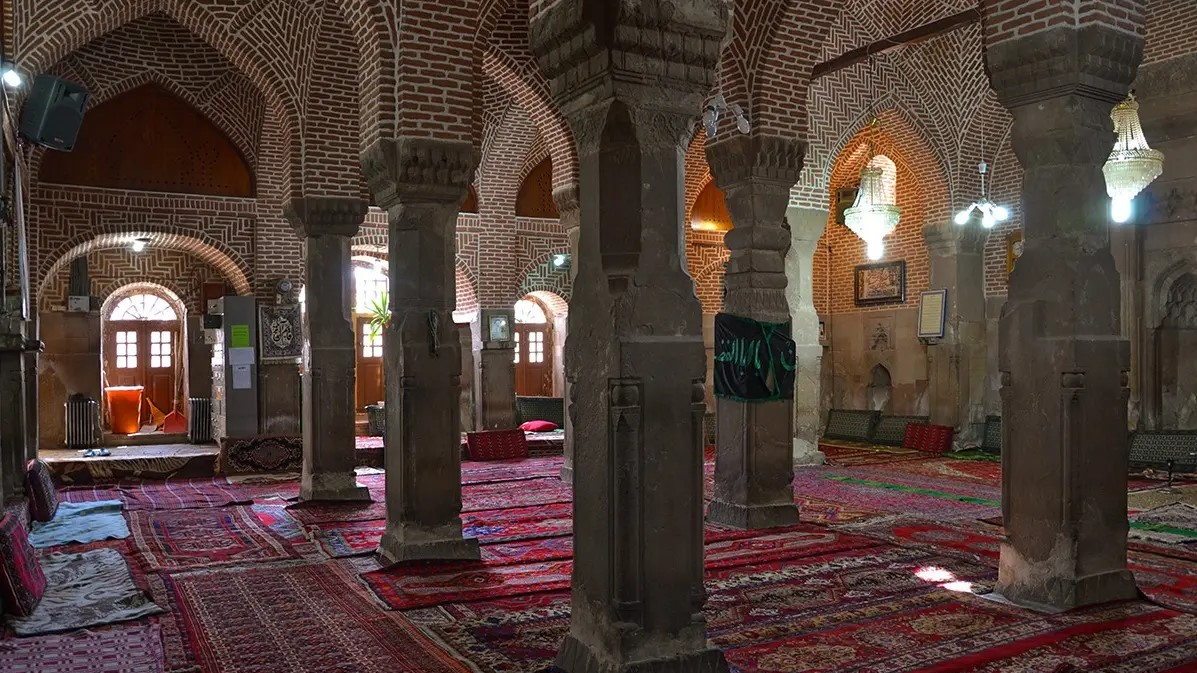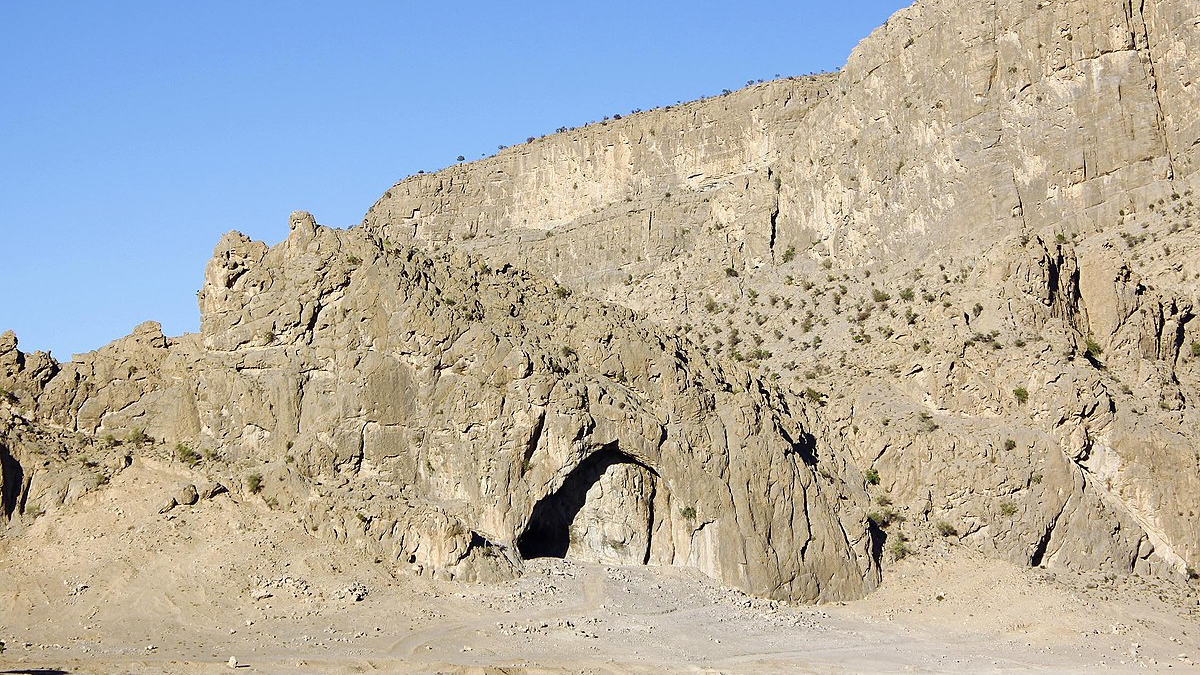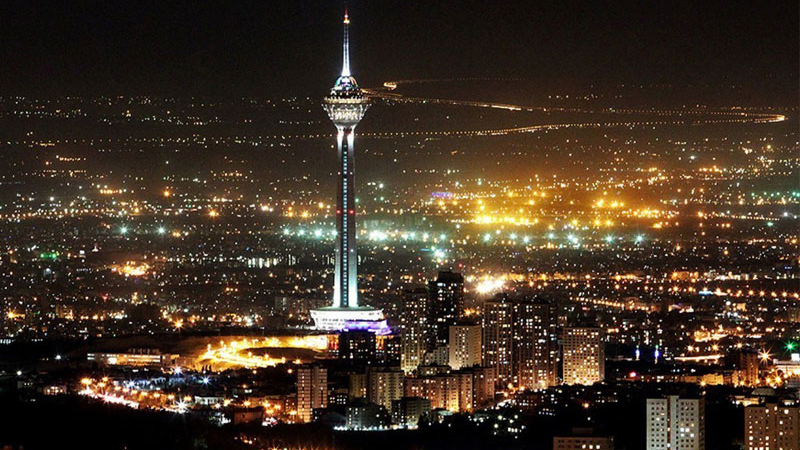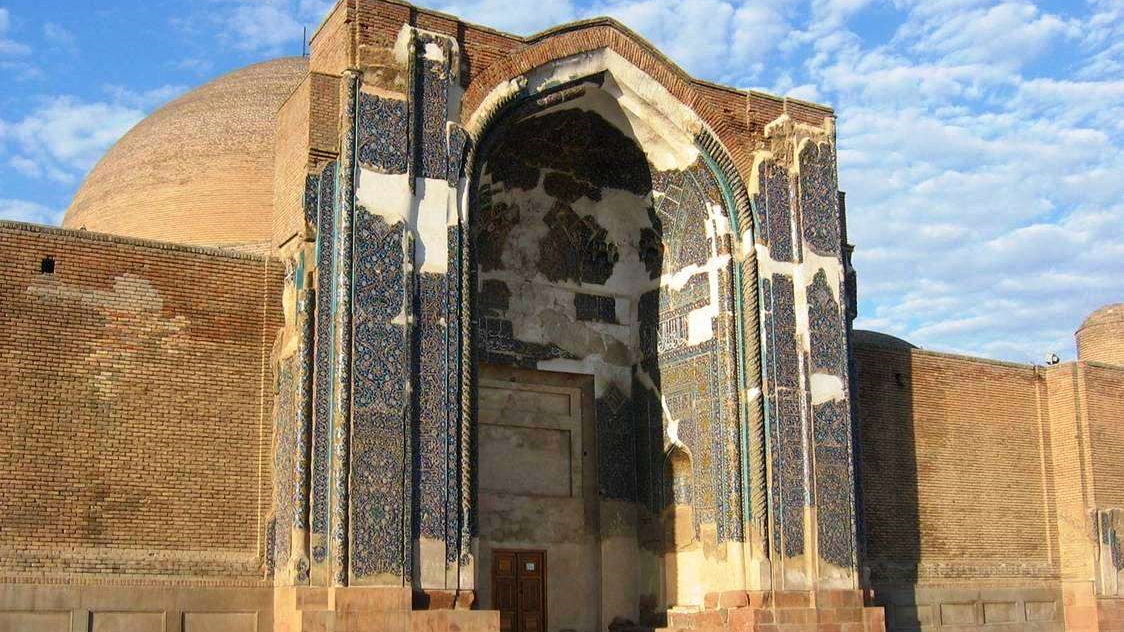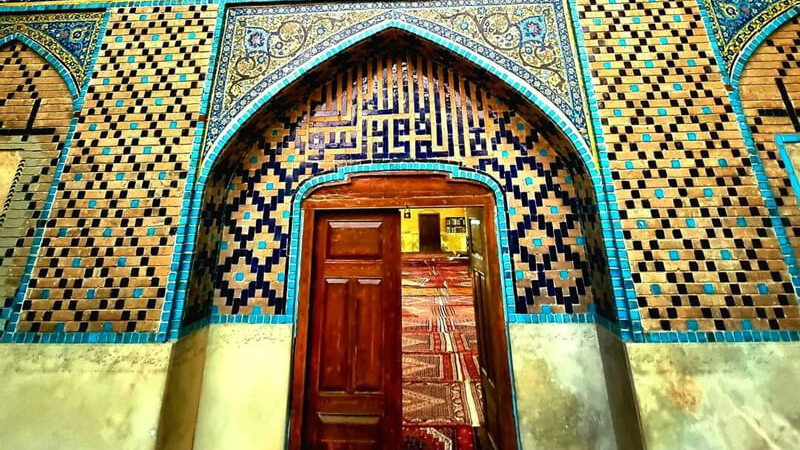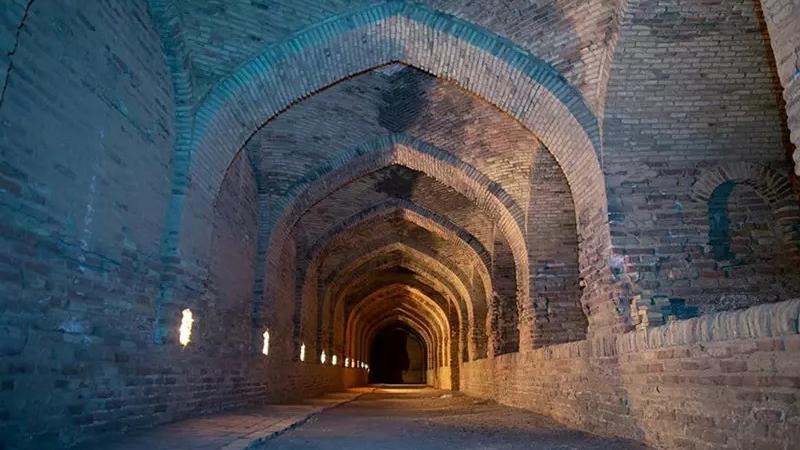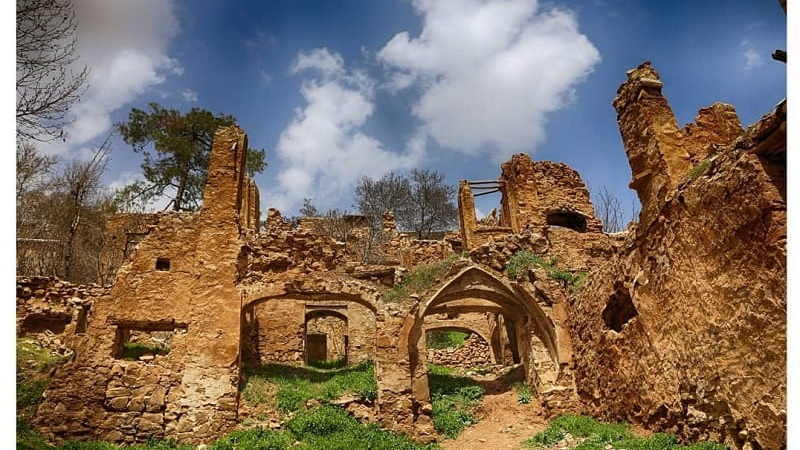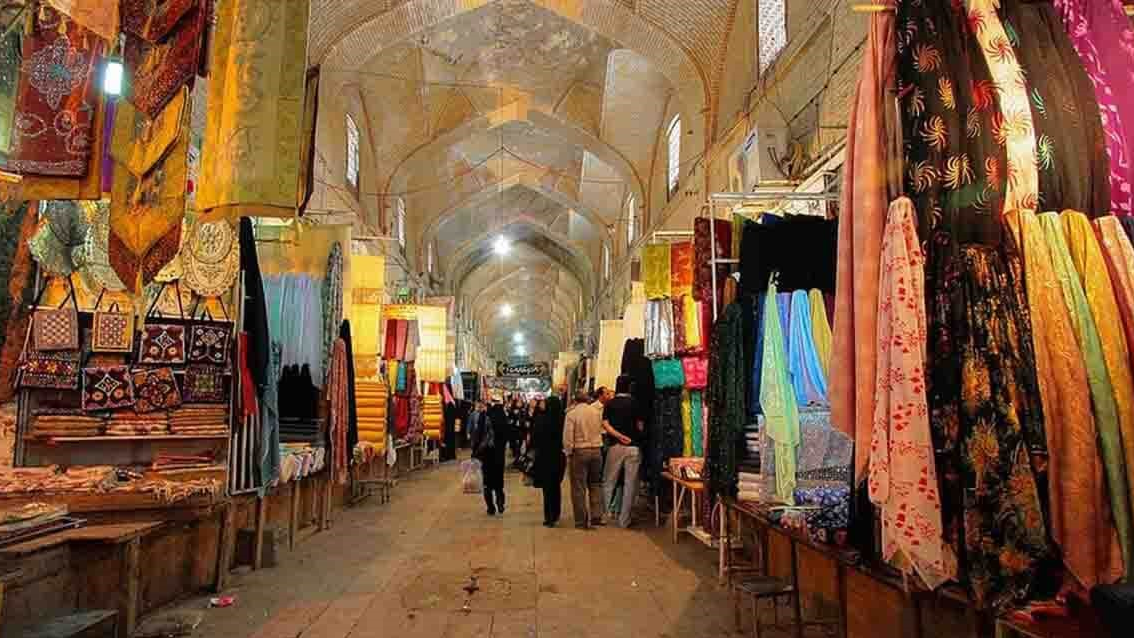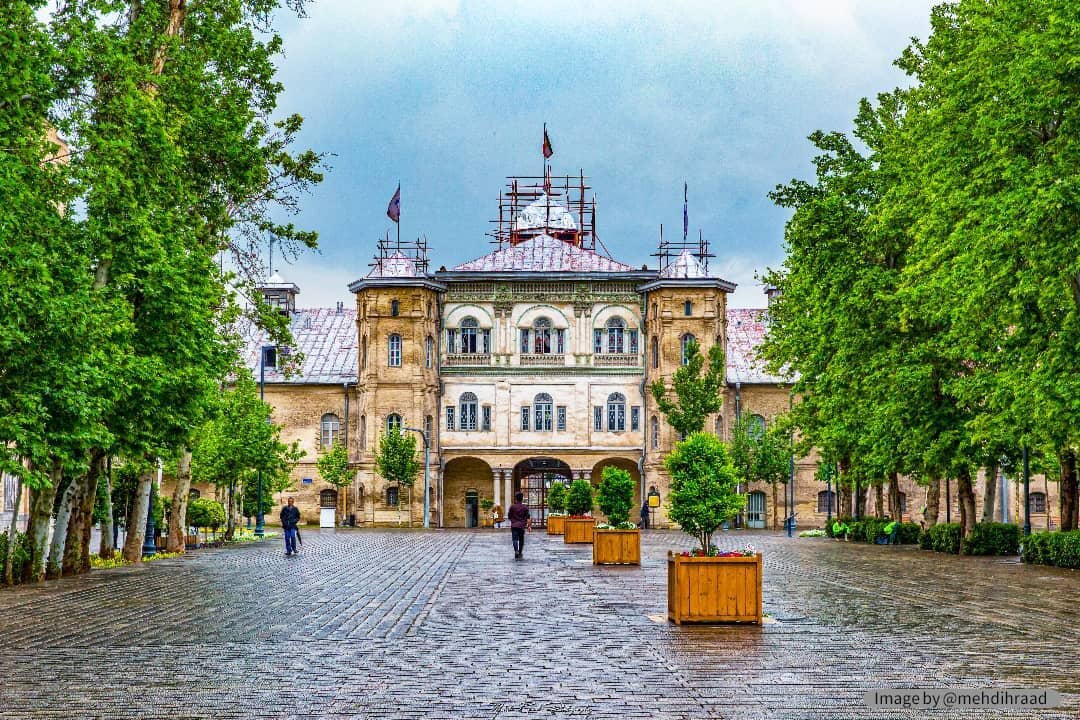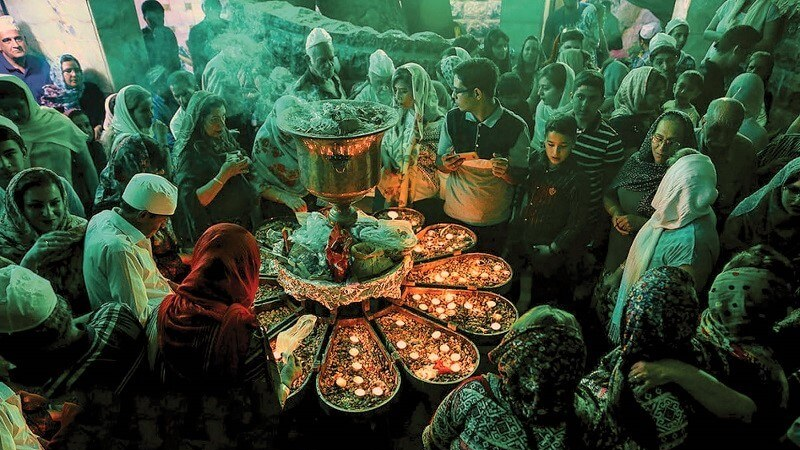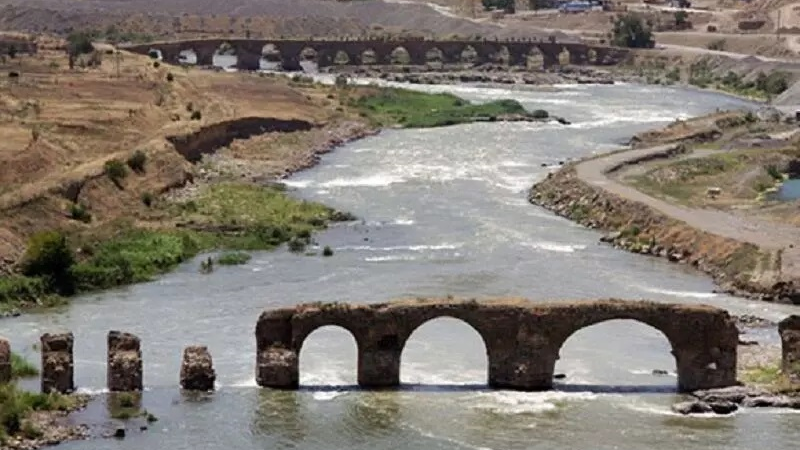
Jame’ Mosque of Sarab
Every Iranian city has had a jame’ mosque since the distant past where important gatherings and religious ceremonies are held. Jame’ Mosque of Sarab is one of these mosques, which is still a place for people to attend and hold their religious ceremonies even after 550 years since its construction.
History and Features of Jame’ Mosque of Sarab
The history of Jame’ Mosque of Sarab dates back to the 15th century AD. There is an inscription at the eastern entrance of the mosque, which is written in the Naskh script. This type of inscription was popular during the rule of the Mughal Empire and the Aq Qoyunlu dynasty. It seems that this inscription was installed during the reign of Abu Nasr Uzun Hasan Aq Quyunlu who was one of the powerful sultans of the Aq Quyunlu dynasty and ruled over parts of Iran, Iraq, Eastern Anatolia, Armenia, and today’s Republic of Azerbaijan. Uzun Hasan made Tabriz his capital in 1471 AD.
In the recent excavations done in Jame’ Mosque of Sarab, it has been revealed that the current mosque was built on the remains of an older mosque.
Architecture and Decorations of Jame’ Mosque of Sarab
Unlike many mosques, Jame’ Mosque of Sarab does not have a minaret. A large nave and a small courtyard in the western part, along with two entrances, constitute the main components of this monument. There are no special decorations inside the mosque and only three niches can be seen in its southern part. Among these three, two niches have simple plaster decorations and one is decorated with Zarrinfam glazed tiles.
The tiled niche is 142 cm high and the width of its tiled area is 152 cm. A one-piece tile with arabesque motifs and turquoise color glaze can be seen inside this niche. There is a 30 cm wide inscription made of embossed tiles in this niche most of which is damaged, but from what has remained, it can be assumed that the construction of the niche dates back to 500 years ago.
The existing nave of the mosque has a series of domes, most of which are built on a vault and columns. The mosque has a wooden pulpit that is 2.1 meters high and 3.6 meters long and has seven high steps. The name of the donor of this pulpit is written on the top of it with a beautiful thulth script.
The mosque has two entrances located on its east and the west. There is a marble inscription above the eastern entrance written in the Naskh script. According to this inscription, the age of the mosque dates back to the period of the Agh Qoyunlu dynasty (1470 AD). The name “Haji Rafiuddin ibn Alhaji Moshiruddin”, the founder of the mosque, is also engraved on this inscription. The eastern entrance leads to the courtyard and the nave of the mosque by climbing 10 steps. The western entrance is also connected to the small western courtyard with seven long stone steps.
The interesting thing about this mosque is its continued use, such that many religious ceremonies are held in this place throughout the year, and it is considered one of the most important places for gathering and social activities of the people. This mosque is located in an old neighborhood in the middle of Sarab.
Jame’ Mosque of Sarab was inscribed on the list of Iran’s national heritage in the year 1968.
| Name | Jame’ Mosque of Sarab |
| Country | Iran |
| State | East Azerbaijan |
| City | Sarab |
| Type | Religious |
| Registration | National |
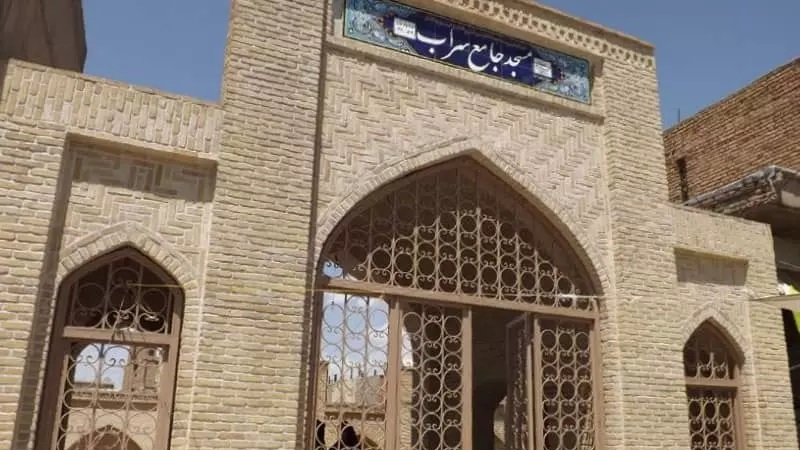
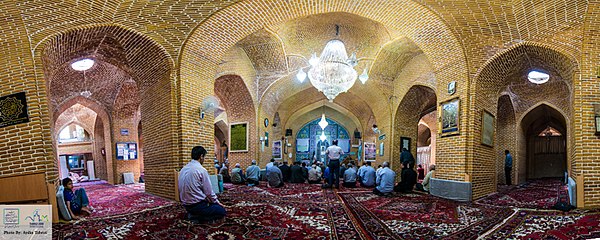
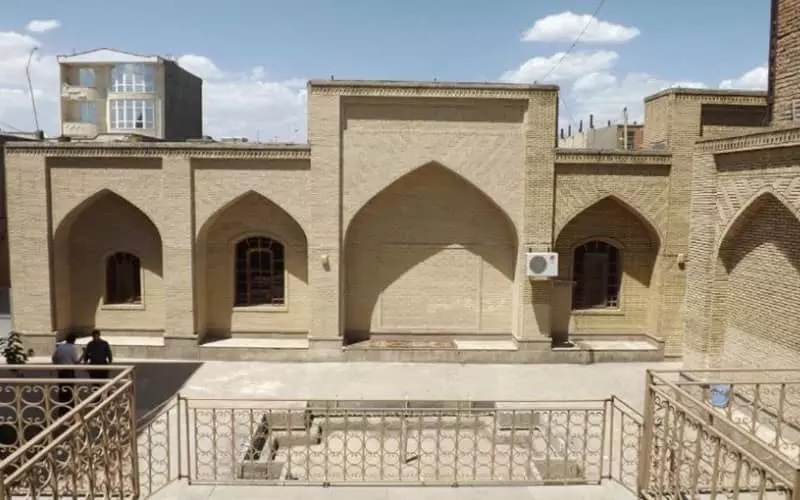
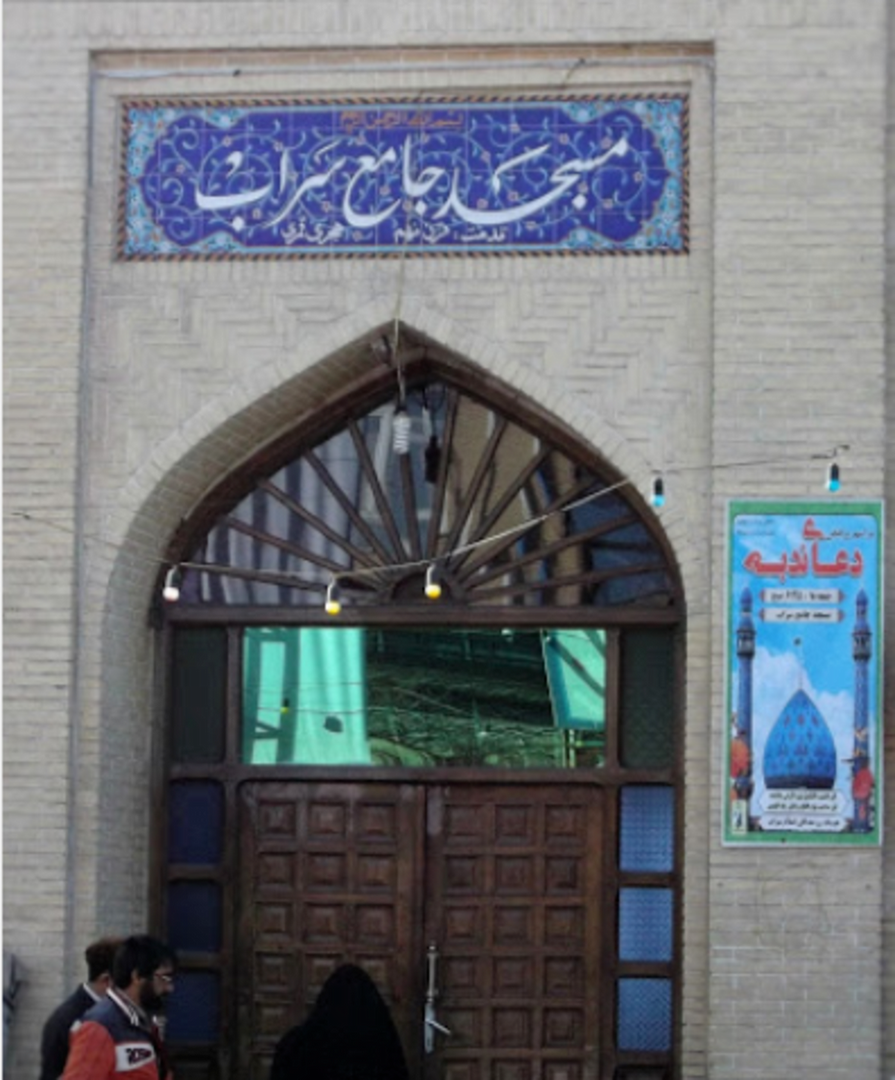




Choose blindless
Red blindless Green blindless Blue blindless Red hard to see Green hard to see Blue hard to see Monochrome Special MonochromeFont size change:
Change word spacing:
Change line height:
Change mouse type:
